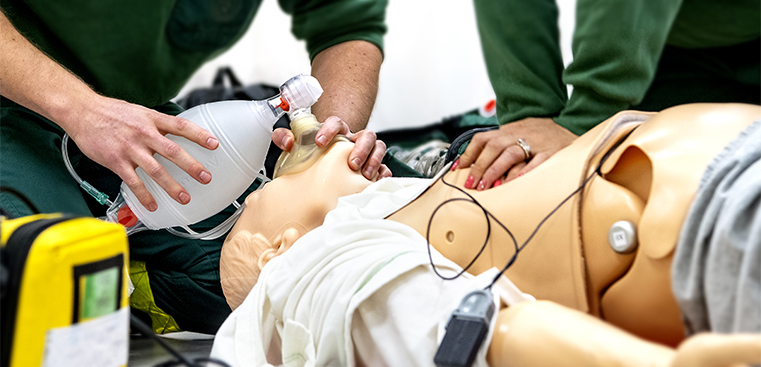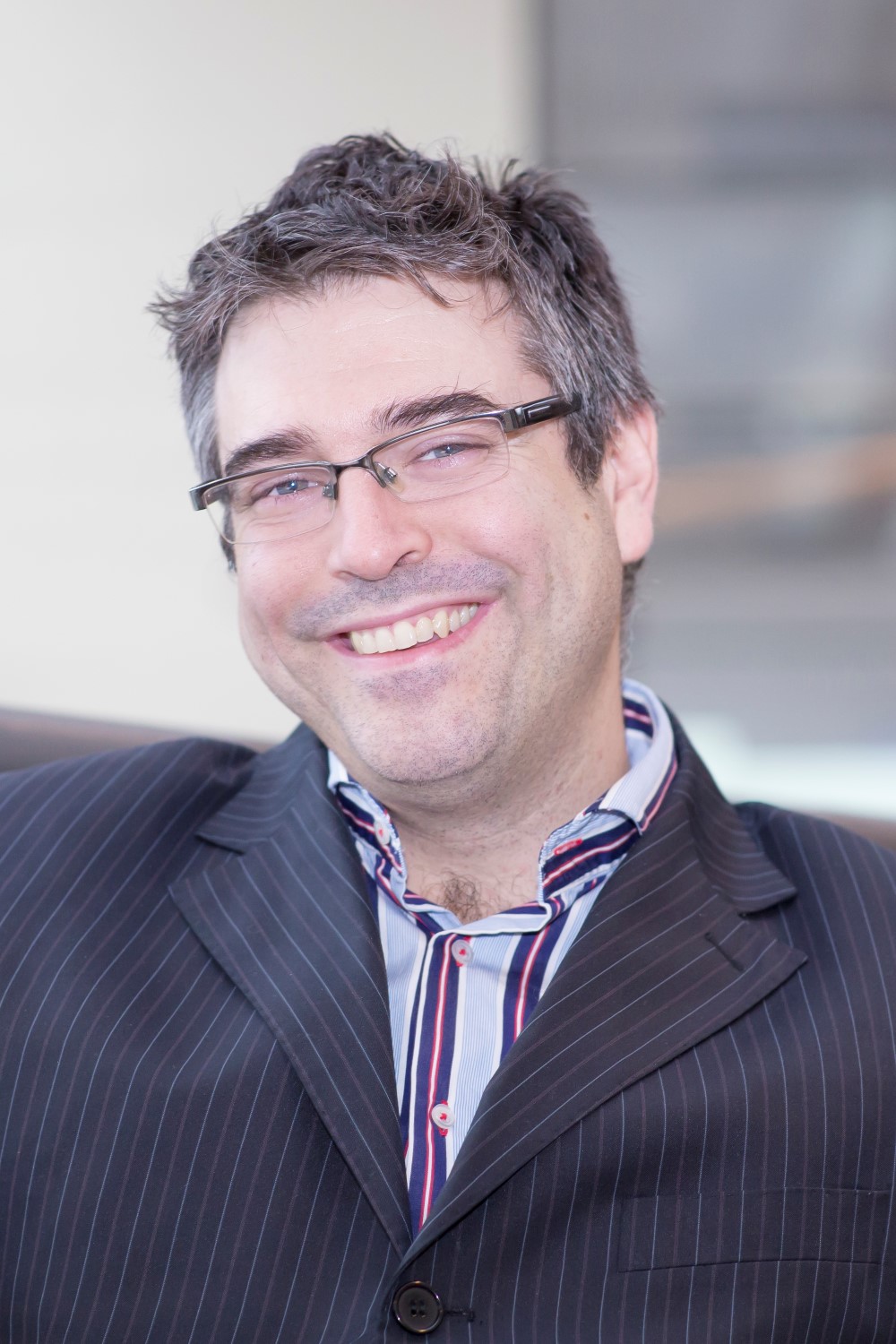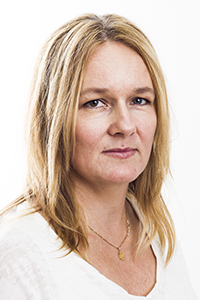1.4 million Swedish crowns to strengthen research and education
2020-04-20

Fernando Seoane is Professor of Textile Technology and leads research that has significant  potential. Together with Kristian Rödby, Teaching Technician in the university's Tricot Lab, he is working to integrate electrically conductive wires into a textile design that is completely unique. There are several possible uses for such a textile; health care is one example.
potential. Together with Kristian Rödby, Teaching Technician in the university's Tricot Lab, he is working to integrate electrically conductive wires into a textile design that is completely unique. There are several possible uses for such a textile; health care is one example.
Wireless monitoring
In the past, Fernando Seoane and his research colleagues have shown how electrically conductive textiles can be used in a t-shirt to monitor the heart rate of a patient being cared for at home.
"Today, you can plug electronic materials into clothes, but the devices are bulky, they weigh a lot, and they wear out the fabric. If we could make a wireless variant where the battery is in the pocket instead, it would make the fabric lighter and it would be more comfortable to wear. We also want it to be possible to wash the fabric easily.”
The research is being awarded 150,000 Swedish crowns by Sparbanksstiftelsen Sjuhärad.
"This is good news and enables us to prioritise this work by providing working time for someone to develop the research so that we have the opportunity to move forward," says Fernando Seoane.
Since 1998, Sparbanksstiftelsen Sjuhärad has been distributing grants for projects as investments in the development of the region. The grants for the university's research will be awarded at the Days of Knowledge festival later this year.
Sheds light on ambulance care
Sparbanksstiftelsen Sjuhärad is also granting 100,000 Swedish crowns to Wivica Kauppi's study on how ambulance nurses experience what it is like to care for patients with severe symptoms. Wivica Kauppi is a doctoral student in the research area the Human Perspective in Care and conducts research on prehospital care, i.e. care that occurs before a patient comes to the hospital. Serious symptoms can be due to hundreds of different causes, from mild to fatal.
“This places great demands on the paramedics," says Wivica Kauppi, who is herself a specialist nurse and who has noted a need for the voices of paramedics in research.
"More and more health care is being carried out by paramedics. Their work makes a big difference, but it is important to realise that prehospital care requires more and more skills. How paramedics experience encounters with patients with severe symptoms has not been researched to a large extent.”
difference, but it is important to realise that prehospital care requires more and more skills. How paramedics experience encounters with patients with severe symptoms has not been researched to a large extent.”
In the study, actors will simulate patients. Working ambulance nurses will then meet with the actors in different scenarios in the university's research ambulance.
"It's great that we're getting the funds for this; it's going to take a lot of manpower. We are quite unique with regards to this type of study, so it’s very fun," concludes Wivica Kauppi.
In the category of education, 115,000 Swedish crowns is being awarded as support for a degree exhibition and exhibition in fashion design and 75,000 Swedish crowns will go to purchasing VR software, licenses, computers, and more.
Read more
Research at the University of Borås
Text: Lina Färm
Photo: Anna Sigge (genre photo), Henrik Bengtsson (portrait image Wiveca Kauppi), Suss Wilén (portrait Fernando Seoane)
Translation: Eva Medin

